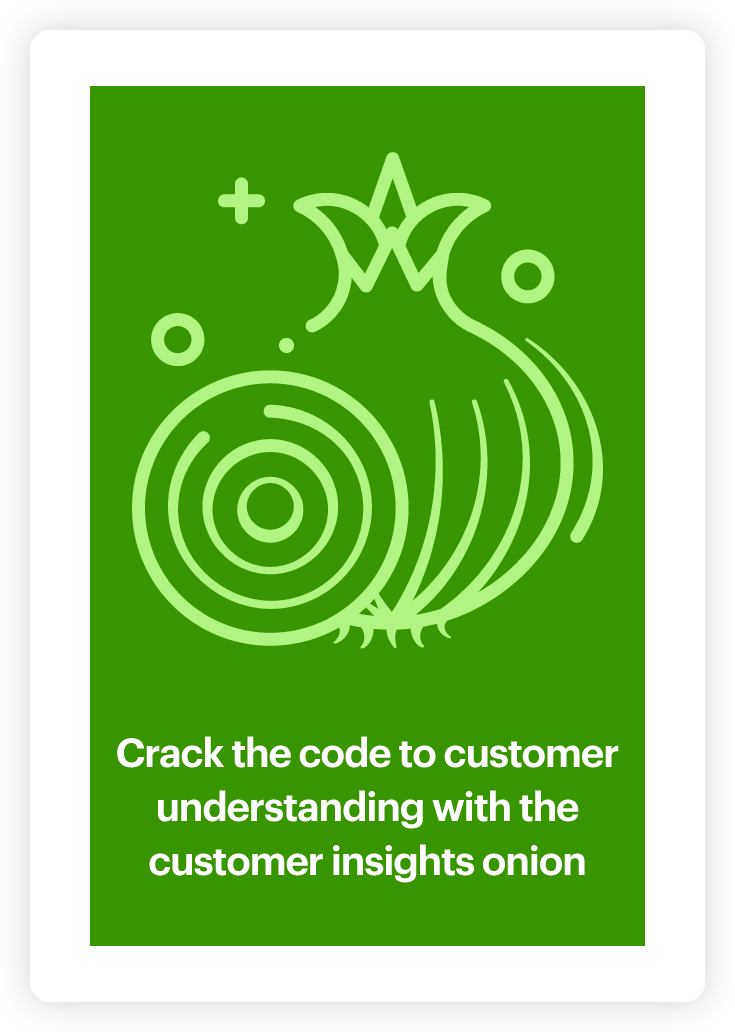Get ready for the rise in marketing and CX data collaboration

Depending on who you talk to, the cookie is either dying or dead already. These little bits of code which have, for years, been the foundation of digital consumer tracking and understanding are fading away in the face of privacy concerns and big tech firms companies seeking to outmanoeuvre each other.
Apple is being strident in its cookie-blocking policy in Safari, and while Google develops an alternative approach, they too are phasing in their elimination in Chrome.
But where does this upheaval leave the brands wanting to effectively engage with consumers? How do you build targeting methods and understanding of customers?
Most companies are awash with text data that can be applied to marketing, but it’s not always in the hands of the marketing department.
Consider the major repositories of customer insights data directly available to understand and connect with consumers:

Cookie data is going to disappear as the industry knows it, potentially to be replaced with a Google proprietary alternative, and the walled garden is already a place where a lot of money goes.
Market research data has been a part of the mix for some time but is still under-utilised. Customer experience data is where much gold resides, and it is this that holds a massive amount of potential for developing better customer engagement and acquisition strategies.
First-party data, in general, will become far more important. While substantial budgets will still go to walled garden data providers, it will be unwise for any brand to over-commit their strategy to this. So where should companies focus their attention? Where customers interact directly with you.
First-party data is going to become the primary focus of innovative organisations; from brands to publishers. Customer experience teams in these units need to get ready for a wave of innovation and demand to provide value from this data.
We are already seeing innovation in these groups by blending approaches and new technologies to rethink how the data they are already sat on can be applied.
For instance, the blending of open-ended survey technology with first-party quant segmentation databases. At Relative Insight, we’ve seen several customers start to layer open-end surveys on top of their segmentation data, and we recently released some new server architecture which makes this even easier to do.
Consider a segmentation database containing detailed first-party data about your customer base. This is often approached by categorising the classic buyer personas which represent your customer segments. This tells you who you think they are.
However, layer on open-ended survey results to these segments, and see what you get. Asking these segments what they think of your service, or a potential ad, or a suggested new service – and then understanding what they say, reveals a lot.
It may be that there are no real differences found in attitude between segments you defined as being fundamentally different. Or it could show that the big differences in customer opinions don’t fall across the neat lines of segmentation that you have already built in your database.
But what it definitely shows, that gone are the days of “one and done” data analysis where data has a limited shelf life. By layering data – and comparing it, you can get more value out of it.
This is a real example of how customer experience and marketing data boundaries are being blurred for a much rounder and accurate view of customers.
To be successful, it calls for:
- A rethinking of the labels of what is thought of as ‘marketing data’ and what is ‘customer experience data’
- Professionals in all groups being open to collaborating, and leadership grasping the opportunities these present
- Analytics and technology partners being able to operate on a multi-use case basis
None of this is easy. Organisational challenges and an understanding of where data is – but also how to successfully access it, are the key internal obstacles – and then on top, you’ve got to get that critical management buy-in.
Ask your technology partners if they can support multiple use cases and how they can help – be sure they can adapt to your needs!
Layering data sources in this way is a crucial element of the multi-faceted insights our tech produces.
If you would like to speak to me, or a member of my team to see exactly how this all works – please get in touch by requesting a demo, and we’ll have a chat. Alternatively, you should take a look at some more powerful customer insights examples for businesses.
